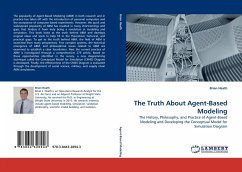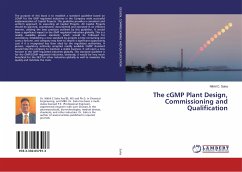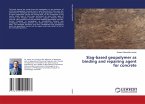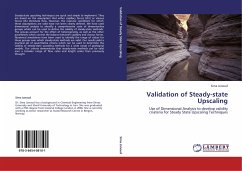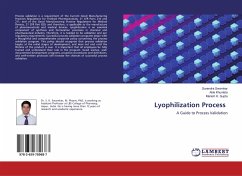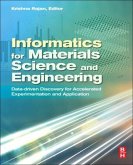The popularity of Agent-Based Modeling (ABM) in both research and in practice has taken off with the introduction of personal computers and the acceptance of computer-based experiments. However, the quick and widespread popularity of ABM has resulted in many shortcomings and gaps that hinders it from truly being a revolution in modeling and simulation. This book looks at the truth behind ABM and develops original ideas and tools to help fill in the theoretical, historical, and practical gaps. To get to the truth behind ABM, the field of ABM is examined from many perspectives. First complex systems, the historical emergence of ABM, and philosophical issues related to ABM are examined to establish a clear foundation. Next the current practice of ABM is investigated through a comprehensive 279 article. Based on these opportunities identified in the survey, a new diagramming technique called the Conceptual Model for Simulation (CM4S) Diagram is developed. Finally, the effectiveness of the CM4S Diagram is evaluated through the development of social science, military, and supply chain ABM simulations.

